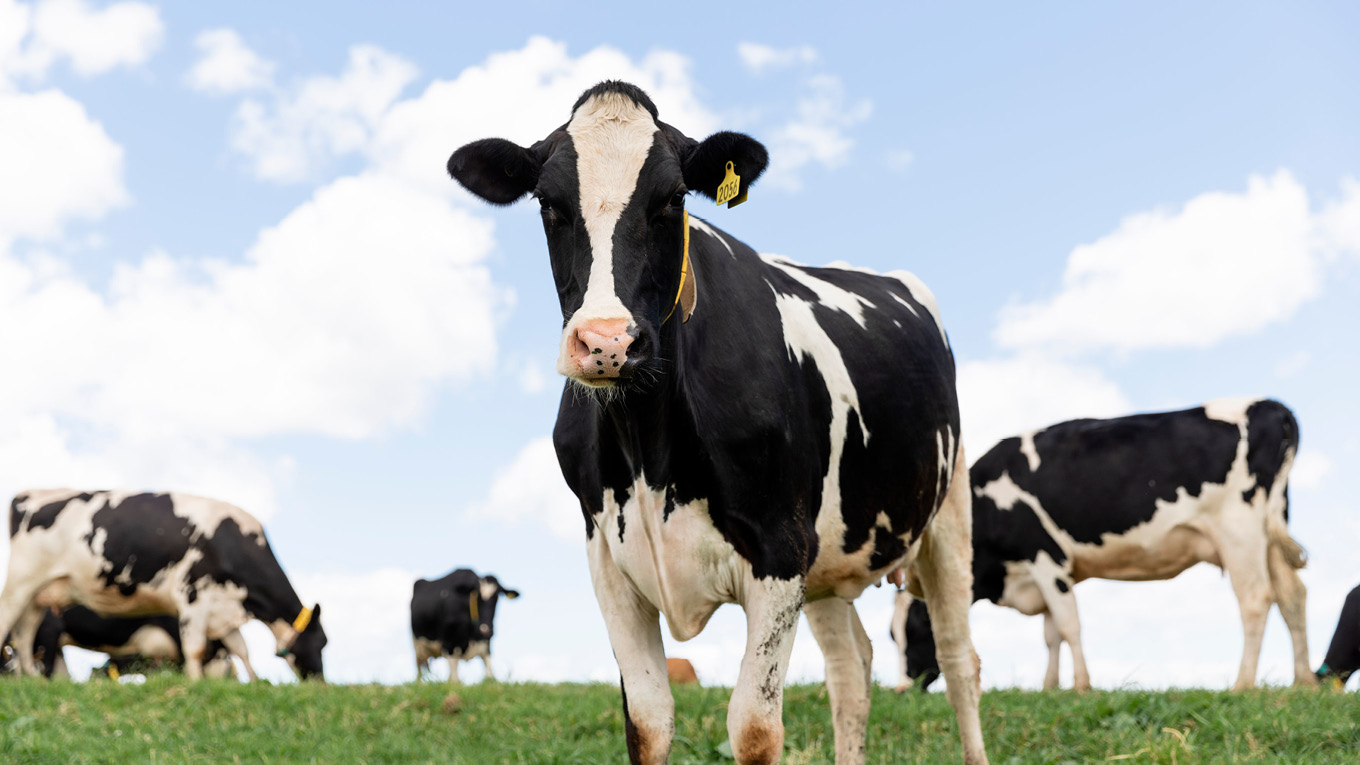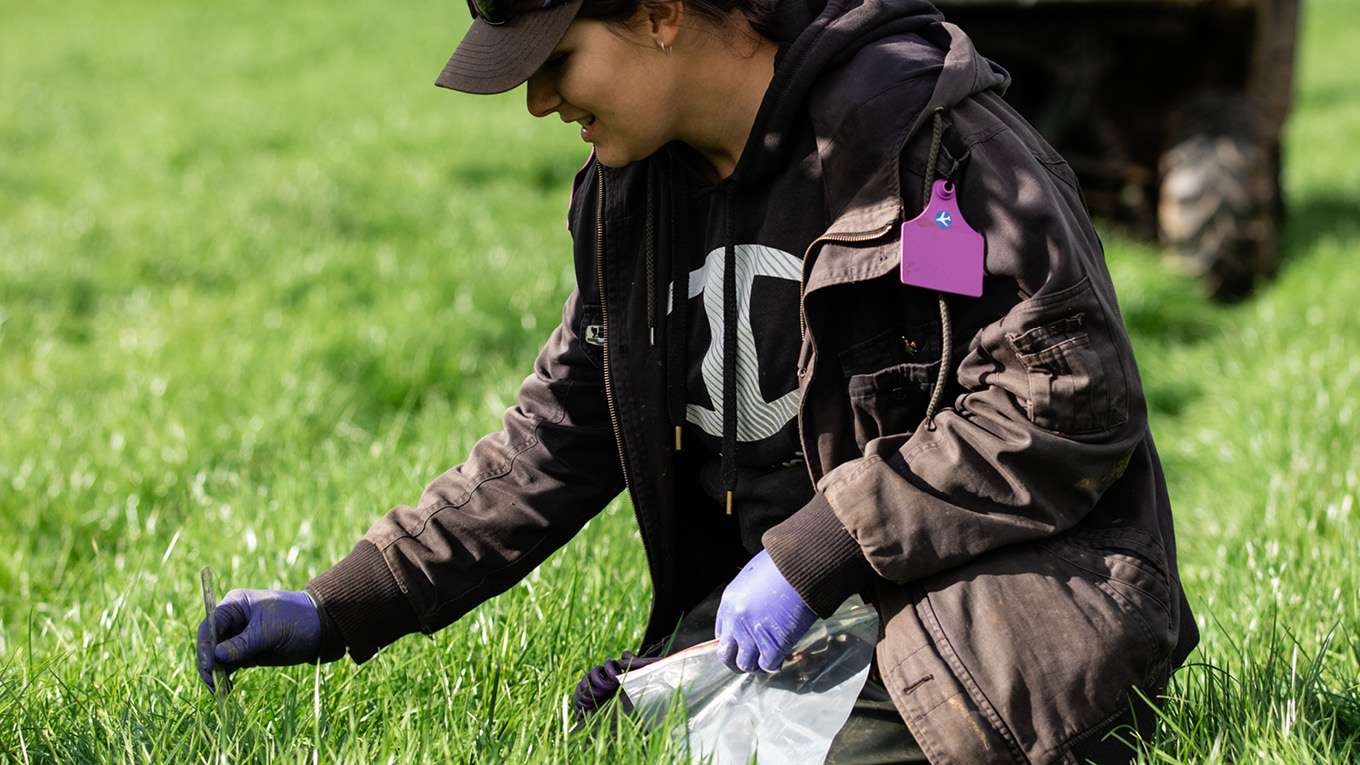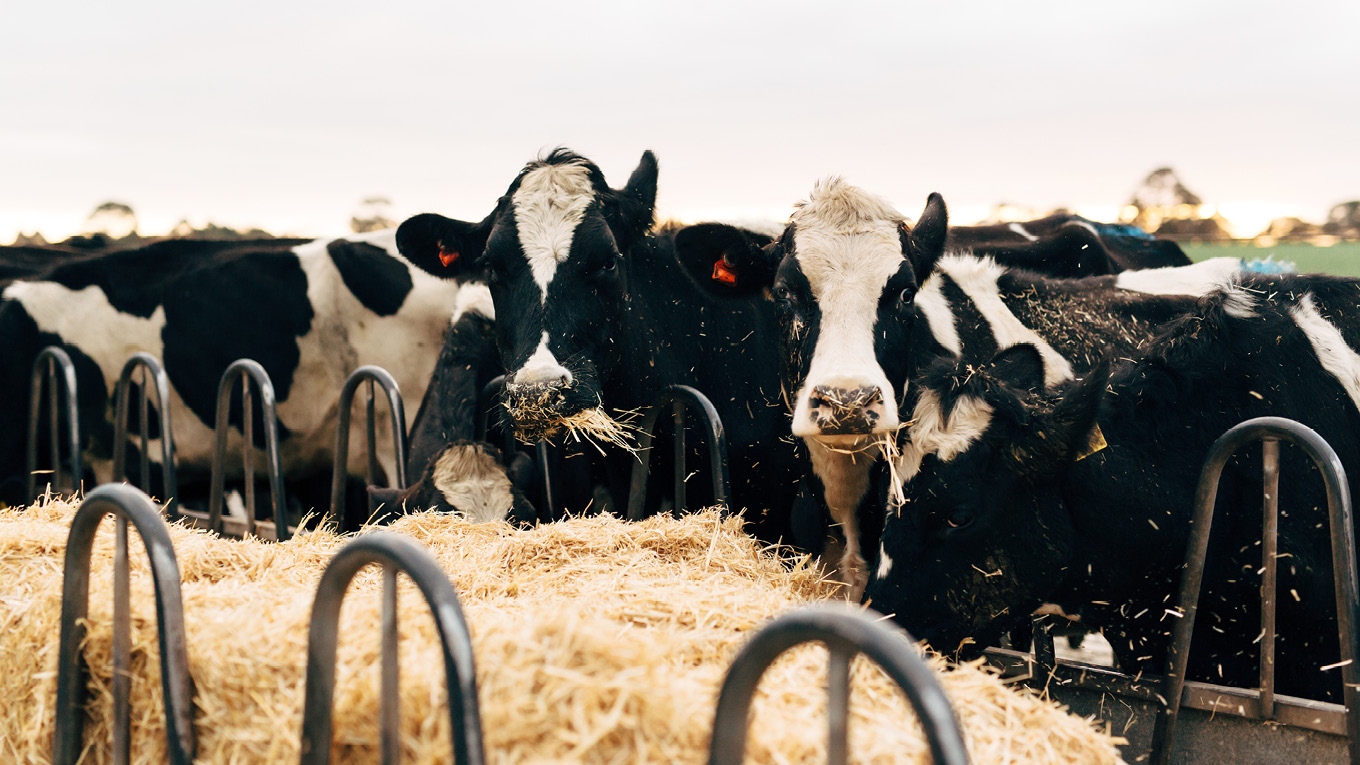Grazing Pasture
The importance of pastures
In a business, profit is the key determinant of success and in a pasture-based dairy farm, profitability is closely linked to growth and utilisation of pasture. If pasture is not managed properly, an increasing amount can be wasted and the productive life of the pasture is reduced. Pasture then becomes a more expensive source of feed.
Potential for southern Australia
There is the potential for better production and utilisation of pasture for dairy farms in southern Australia.
- Theoretically, production from perennial ryegrass/white clover swards of 18 to 20 tonnes of dry matter per hectare per year should be possible under ideal conditions of environment and management.
- Maximum utilisation can be 80% to 90% of the potential production, so theoretically pasture use of 14t to 18t DM/ha/year is possible
- In practice, pasture utilisation from perennial ryegrass/white clover swards of over 14 t DM/ha/year is rarely observed on commercial farms.
- Maximum persistence of five to 10 years or more at this level of production.
Making the most of spring pasture
Dairy farmers fortunate enough to have plenty of pasture in spring should be aiming to not only keep their herd 'on the curve', but also to produce and conserve as much high-quality silage and/or hay as possible.
Setting paddock rotations to maximise pasture quality
As pasture growth and leaf appearance rates increase in spring, the focus should shift to managing the pasture for quality.
Paddock rotation length generally needs to be shortened to help maintain grazing pressure and ensure high-quality pasture is available.
Regardless of whether soils are drier than average or still moist, pastures will be in a much better position to give greater yield responses if they have not been overgrazed.
Locking up paddocks – how many and which ones?
As spring progresses, it is important to only drop paddocks out of the rotation for conservation that are surplus to the herd’s requirements.
Things to consider when deciding which paddocks to lock up include:
- How easy will it be to get machinery into and onto this paddock if it rains heavily in the next month?
- Pasture composition – is it a ryegrass or ryegrass/clover mix with minimal weeds?
- Is the paddock to be used for a follow-up summer crop and when does it need to be sown, taking into account soil temperature, soil moisture and trafficability?
- Is the paddock close to sources of water for irrigation?
- Are potassium levels in soil excessive? Silage or hay from these paddocks may be undesirable for feeding to transition cows.
Feeding Pastures for Profit program
Feeding Pastures for Profit (FPFP) helps to improve the profit of dairy farm businesses by using more home-grown pasture and efficient use of supplements.
Find out more about the program on the FPFP principles page.
Making the most of spring pasture fact sheet
Key messages:
- Optimise milk production from spring pasture by ensuring neither the quantity nor quality is restricting intake
- Maintain pasture quality by grazing at the 2–2½ leaf stage
- Keep post-grazing pasture residuals at 4–6 centimetres high
- Consider using nitrogen to create a greater surplus for conservation but make sure to cut pasture within four to six weeks of nitrogen application
- Bank the true surplus for conservation and cut at the very early heading stage, ideally before the heads emerge, to ensure the best quality and quantity silage for the herd
- Cut no more than six weeks from the date of the last grazing. Leaving longer will cause loss of tiller density, reduced regrowth and reduced persistence
- Cutting earlier, at canopy closure, will reduce the silage yield but the silage quality will be better, regrowth quicker and tillering improved
Ryegrass - spring grazing management paddock guide
Spring grazing management decisions have a crucial impact on the amount and quality of pasture grown later in the season.
Dairy Australia's Ryegrass - spring grazing management paddock guide offers simple and straight-forward guidance to assist farmers in making profitable daily and seasonal decisions.
The perennial ryegrass guide covers ryegrass identification, identifying growth stage based on leaf appearance and pre and post-grazing measures and tools to get a good balance between pasture and animal performance.





